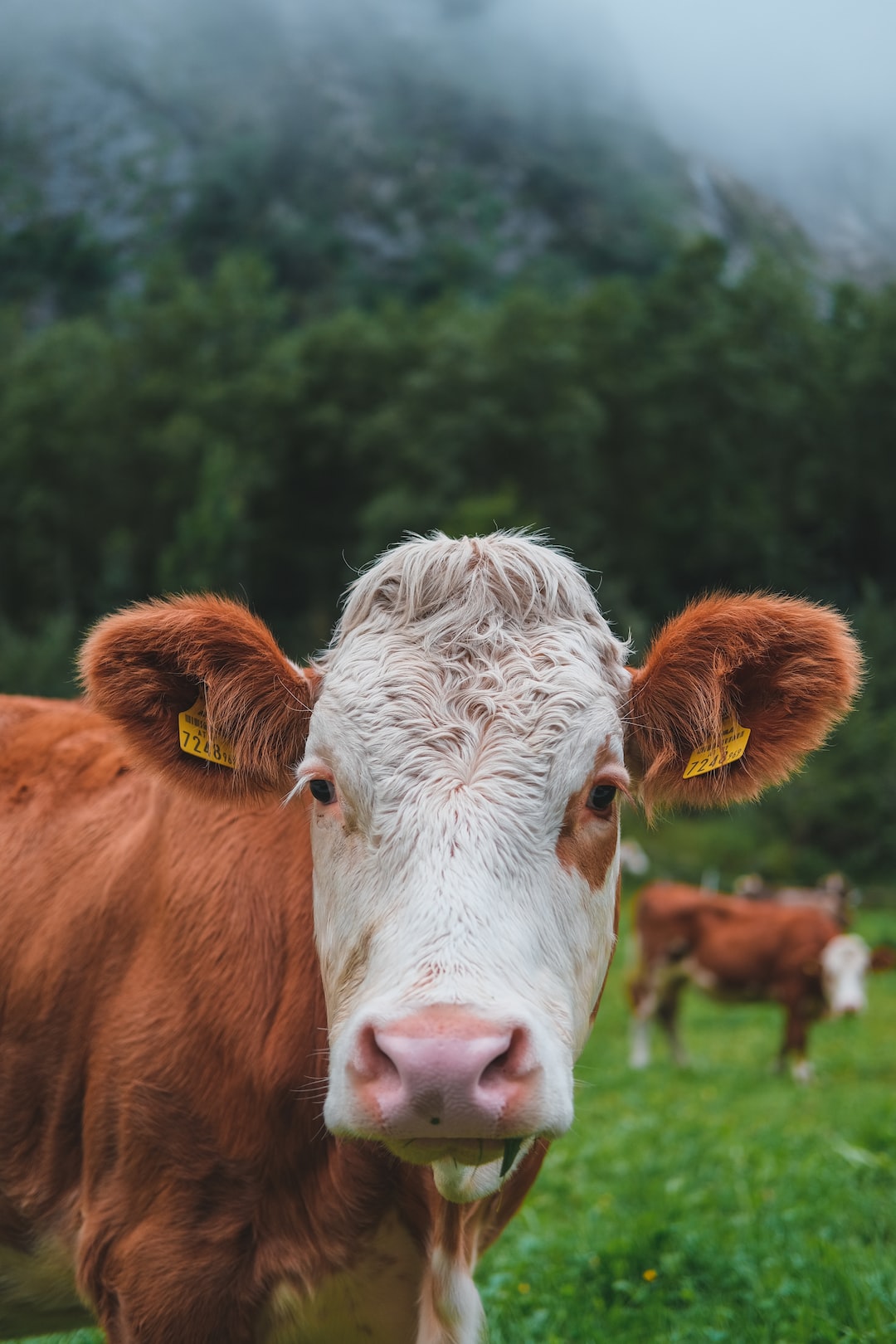Why Do Cats Always Land on Their Feet? The Science Behind It
Cats are known for their incredible agility and the ability to always land gracefully on their feet. It’s a marvel to watch a cat fall from a height and effortlessly rotate its body in mid-air, adjusting its position to ensure a safe landing. But have you ever wondered why cats possess this seemingly magical ability? Let’s delve into the fascinating science behind it.
Firstly, cats have an extraordinary sense of balance. They rely on their vestibular system, which is responsible for maintaining equilibrium and coordinating movement, to remain upright. The vestibular system is located in the inner ear and comprises tiny fluid-filled canals. When a cat falls, these canals are stimulated by the movement of the fluid, sending signals to the brain about the body’s position in space.
Cats can detect even the slightest change in their orientation, enabling them to react quickly and adjust their body position accordingly. As the cat falls, its vestibular system sends signals that trigger a series of reflexes. These reflexes involve the cat’s eyes, neck, and spine, working in unison to rotate its body and align it with the ground. This remarkable ability allows cats to land on their feet with remarkable precision, irrespective of the initial orientation of their body during the fall.
Another essential factor contributing to a cat’s miraculous mid-air acrobatics is the flexibility of its skeletal structure. Unlike humans and many other animals, cats have an extremely flexible backbone. Their vertebral column contains more bones and joints, granting them greater spinal mobility. This flexibility plays a crucial role in executing the graceful twist required for a cat to land on its feet.
During the fall, the cat arches its back while simultaneously employing a twisting motion. This allows its front and hind limbs to rotate independently, minimizing the risk of injury upon impact. The cat’s backbone acts as a flexible spring, absorbing the shock and distributing it evenly throughout the body, reducing the chances of fractures or other injuries.
Moreover, cats possess a unique anatomical feature, known as the righting reflex, that contributes to their ability to land on their feet. The righting reflex is a complex series of movements that cats instinctively perform when falling. It involves rapid muscular contractions, particularly of the neck and back muscles, which help reorient the cat’s body towards the ground.
The righting reflex is initiated within milliseconds of a fall, as the cat’s eyes detect the direction of the ground. Once the cat’s body alignment is determined, it maneuvers its limbs accordingly, effectively adjusting its position mid-air. This swift adjustment allows the cat to regain stability and align itself correctly before landing, further minimizing the likelihood of injuries.
It’s important to note that despite their remarkable abilities, cats are not impervious to accidents or falls from great heights. Falls from extreme heights can still result in severe injuries such as broken bones or internal damage. However, cats are generally more likely to survive falls from higher distances than similar-sized animals, owing to their exceptionally adept survival instincts and agility.
In conclusion, the science behind a cat’s ability to consistently land on its feet is a combination of factors. From their extraordinary sense of balance and flexible backbone to their innate righting reflex, cats have evolved to execute these mid-air acrobatics with finesse. Although it remains a mesmerizing phenomenon, it is essential to remember that cats are not invincible, and their safety should always be a priority.


